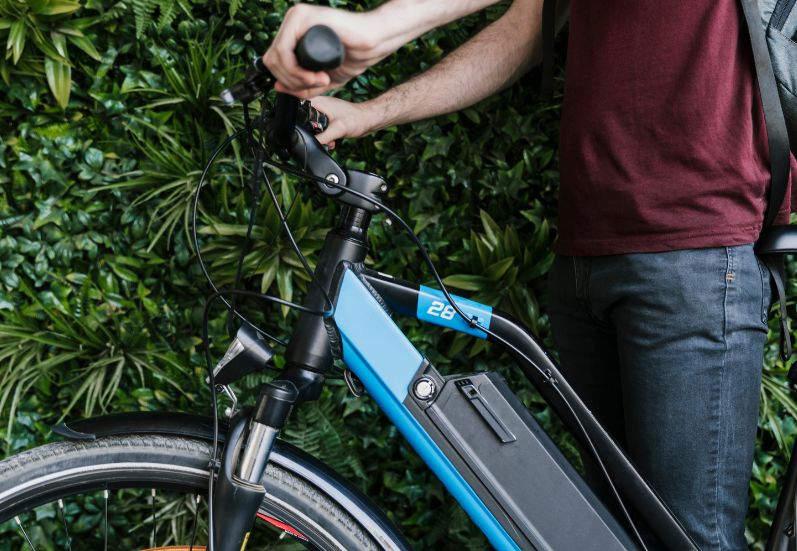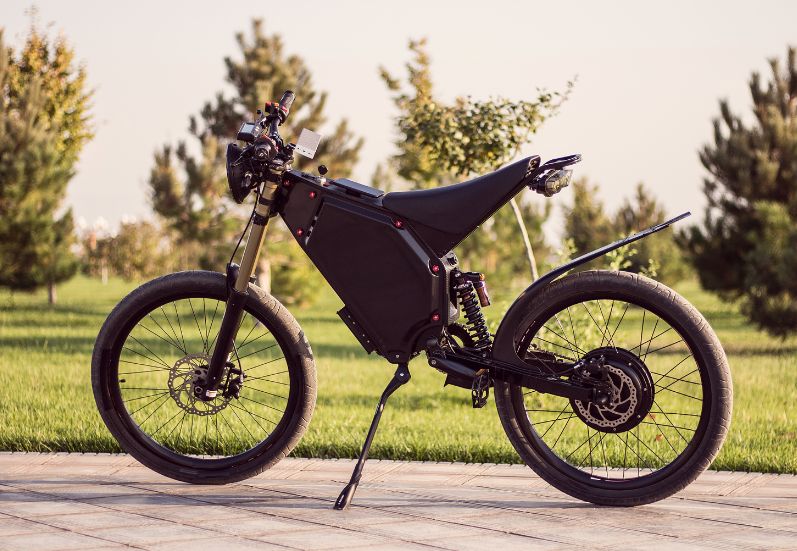
Electric bikes are taking over streets, bike paths, and parks all across the US. More people view e-bikes as a fun and easy way to get around. But are all e-bikes allowed everywhere? Is electric bike legal in USA?
Knowing the laws can keep you safe and help you avoid fines. This guide clears up the rules about e-bike legality from federal, state, and local angles.
Understanding Electric Bike Classifications in the USA
There are different kinds of bikes that you will get in the USA. Here are those mentioned.
What are e-bike classes?
In the United States, electric bikes are categorized into three different classes depending on their power, speed, and how you ride them. Here are the classifications mentioned.
- Class 1: These are motor-driven e-bikes that assist you when you pedal and stop helping around 20 mph.
- Class 2: These e-bikes have a throttle and move without pedaling. Their top speed is also 20 mph.
- Class 3: These are a lot like the Class 1 e-bikes, but their top speed is 28 mph with pedal assistance. These are often known as “speed e-bikes.”
You have to understand which e-bike is going to help you. This affects where you can ride and the kind of safety gear you need.
Why classification matters for legality
Using the wrong class in the wrong place can land you in trouble. Some parks or bike lanes only allow certain classes. For example, some trails ban Class 3 e-bikes because they’re faster and can scare walkers or bikers.
Is Electric Bike Legal In USA? Federal Regulations Governing Electric Bikes

Planning to get an electric bike in the US? Is electric bike legal in USA? There are certain federal regulations governing electric bikes. Here is everything you should know.
The Consumer Product Safety Act and CPSC guidelines
At the federal level, the Consumer Product Safety Commission (CPSC) defines what qualifies as an e-bike. They say an e-bike must:
- Have pedals
- Be powered by a motor under 750 watts
- Cap assist speeds at 20 mph
This federal definition makes sure that e-bikes are considered bicycles, not motor vehicles. It also helps with manufacturing rules.
Impact on interstate travel and commerce
Federal law mainly sets rules for online sales and manufacturing. It doesn’t decide where you can ride. States get to make their own laws but often align with federal standards.
Current federal stance and ongoing legislative discussions
The government is thinking about new bills to update e-bike rules. Some proposals aim to make e-biking safer or adjust speed limits. Legislation is still evolving, so riders should watch for updates.
State-by-State Electric Bike Laws and Regulations
Here are the state-by-state electric bike laws and regulations that you have to know.
Overview of state regulation variability
Every state sets its own rules. Some are very bike-friendly, others more restrictive. It can be confusing, so always check your state’s laws before hitting the road.
Notable examples of state policies
- California: Allows all three classes but has clear rules for helmets and age limits.
- New York: Recently updated laws to clarify where and how different e-bike classes can be used.
- Florida: Provides specific options for e-bike riders but bans certain bikes from sidewalks and some park trails.
Tips for riders to stay compliant
- Use online resources like your state’s transportation website.
- Watch for signage and posted regulations wherever you ride.
- Join local biking groups for updates and advice.
Local and City-Level E-Bike Regulations
If you are thinking of getting an E-bike, there are some local as well as city-level regulations that you have to abide by.
City ordinances and restrictions
Large cities often have their own rules. In New York City, e-bikes are only permitted on bike lanes and designated paths. Los Angeles limits e-bike use in certain parks, and Portland has restrictions on speed and rider age.
Trail and park rules
Many national parks and protected areas restrict e-bike access. Always look for signs before riding in parks, beaches, or forest areas. E-bikes may be banned in some zones to protect wildlife or preserve nature.
Tips for local compliance
- Check city or park websites before your trip.
- Look for posted signs and rules.
- Respect restrictions to avoid fines or confiscation.
Legal Considerations for E-Bike Usage and Ownership
If you are planning to get an E-bike, here are some of the things that you have to consider before using it.
Licensing, registration, and insurance requirements
Most states do not require registration or licensing for e-bikes that meet federal standards. However, in some areas, if an e-bike is classified as a motor vehicle, registration and insurance might be needed.
Helmet laws and safety equipment mandates
- Some states, like California and New York, require helmets for riders under a certain age.
- Even if not mandatory, wearing a helmet is always a smart move.
- Use reflective clothing, bells, and lights to stay visible.
E-bike theft prevention and security tips
- Keep your e-bike locked with a solid lock.
- Store it indoors or in a secure garage.
- Use GPS tracking devices if worth it.
Common Legal Challenges and How to Avoid Them
There are some common legal challenges that you might have to face during the process. Here is how you can avoid those.
E-bike access restrictions in specific zones
You can ride on public roads and bike paths, but avoid private property without permission. Many trails ban e-bikes altogether, so always check their rules.
Navigating legal disputes or fines
Some riders face citations for riding in prohibited areas. Keep a copy of your e-bike’s specs and stay on legal trails. If fined, calmly communicate with authorities and know your rights.
Best practices for legal riding
- Regularly review laws in your area.
- Respect trail signs and restrictions.
- Carry proof of your bike’s classification to clarify legality.
Expert Insights and Industry Perspectives
Transportation experts say that clear rules boost safety and encourage more people to try e-biking.
E-bike manufacturers advocate for consistent laws across states to make purchases easier. Cycling safety organizations push for rider education and better enforcement.
Actionable Tips for E-Bike Riders
- Always research local, state, and federal laws before riding.
- Wear helmets and safe gear, regardless of regulations.
- Register or insure your e-bike if required.
- Follow signage and trail rules.
- Stay informed about legal changes and join advocacy groups.
Know The Rules And Get A Bike
Is electric bike legal in USA? E-bike legality in the USA depends on your bike’s class, where you ride, and local laws. Being aware of these regulations keeps you safe and avoids fines. Always check current rules in your area and ride responsibly.
Embrace e-biking as a fun, eco-friendly way to get around, but remember—being legal is part of the ride.
Stay informed, be safe, and enjoy the freedom of riding an electric bike legally across the country. Check out more at this article: Are E-Bikes Without Pedals Legal in the United States?
Read Also:
- What Can Injured Motorcyclists Legally Claim? A Breakdown of Your Rights
- Top 5 Causes of Bicycle Accidents and How to Avoid Them
- The Cyclist’s Guide to Biking Safely in the City











0 Reply
No comments yet.